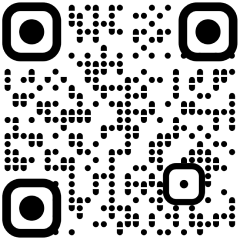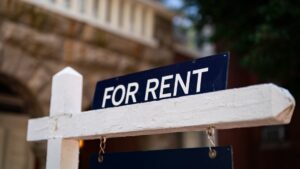VIENNA – The European Central Bank needs to stop subsidizing commercial banks and should cut interest payments on the piles of cash lenders got from the central bank on the cheap, Austrian central bank Governor Robert Holzmann said.
Commercial banks are sitting on 3.2 trillion euros worth of excess liquidity, parking this at the ECB at a 4% rate, pushing the ECB and many of the euro zone’s national central banks deep into the red.
“There’s no monetary policy reason why we should offer this subsidy,” said Holzmann, who also sits on the ECB’s 26-member Governing Council.
“It’s not acceptable that the current structure puts major burden on the financial outcomes of central banks,” Holzmann told Reuters in an interview. “We cannot run deficits without an end in sight, it can’t be the case.”
At the core of the issue is the ECB’s large scale money printing operation, also known as quantitative easing, which was the hallmark of its stimulus efforts over the past decade.
The ECB printed trillions of euros to buy government bonds in the hope that abundant and cheap credit would rekindle economic growth and push inflation back up to 2%.
When interest rates were negative, this had little cost to the ECB but it must now pay a 4% interest rate on the funds it handed to lenders and this expense far outweighs any income.
Since it will take years for the bond pile to shrink, the payments are likely to remain a long-term expense and some central banks could burn through most if not all profit reserves.
Partly as a response, the ECB last year decided to require banks to keep 1% of excess reserves at the central bank unremunerated.
Some policymakers, including Bundesbank President Joachim Nagel, pushed for a higher ratio, but failed to garner support, even as the German central bank had a net interest income of negative 13.9 billion euros in 2023.
Holzmann said he was not ready to give up this fight and wanted to cut payments to banks.
“For me, the discussion is certainly not settled,” he said, arguing that unremunerated reserves should be between 5% and 10%.
“For me, it’s a way of a clawback,” Holzmann said.











